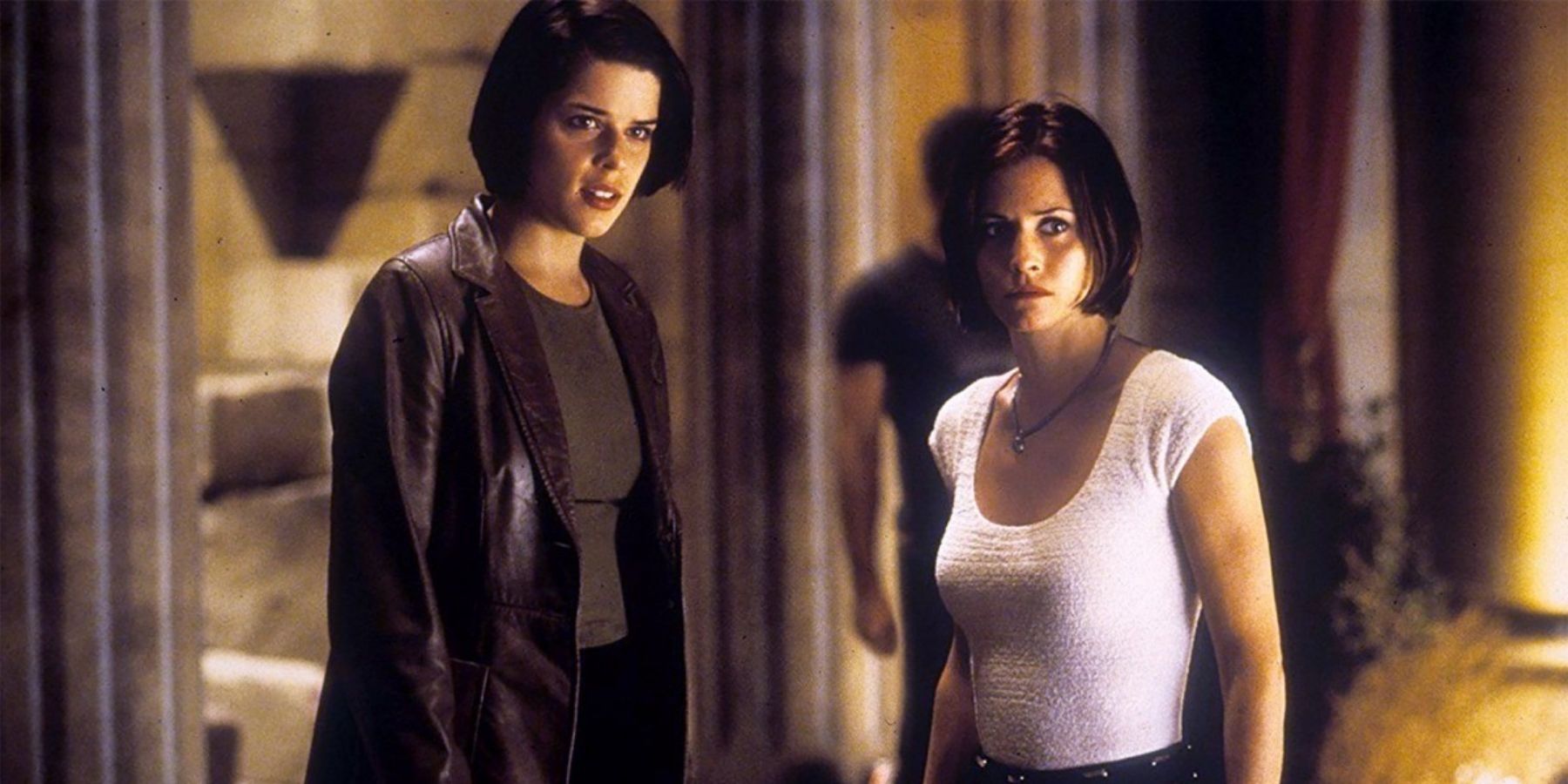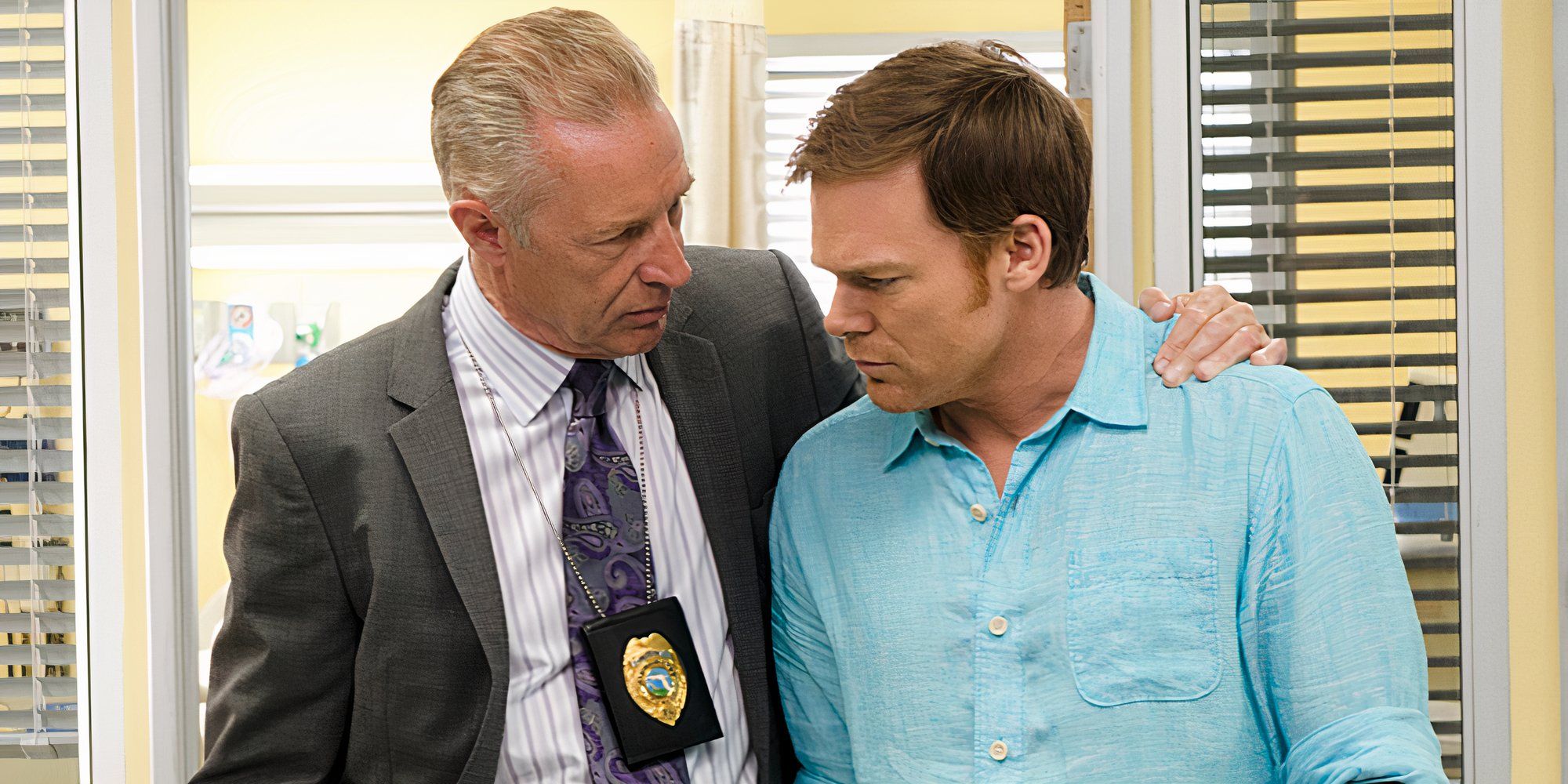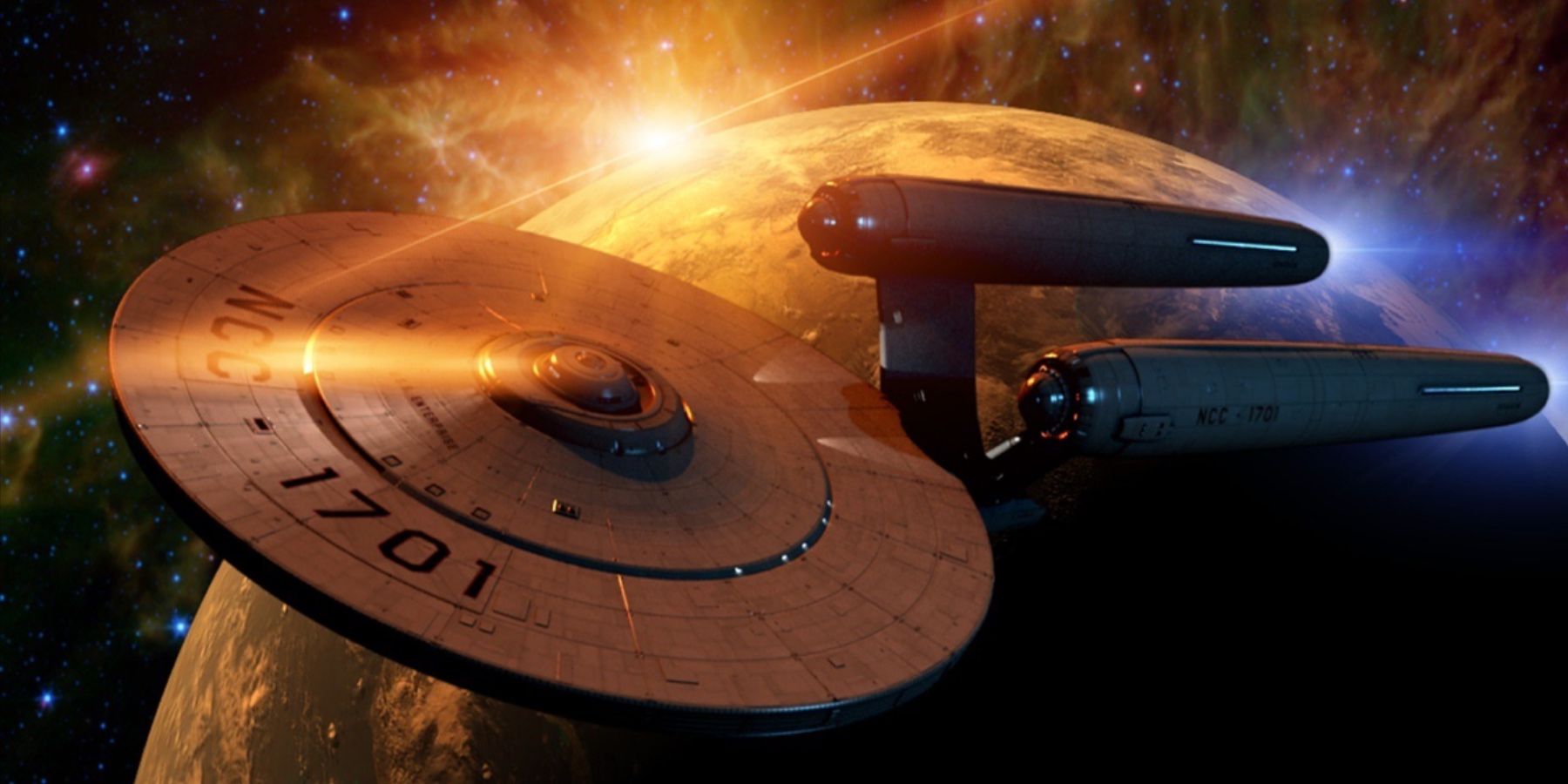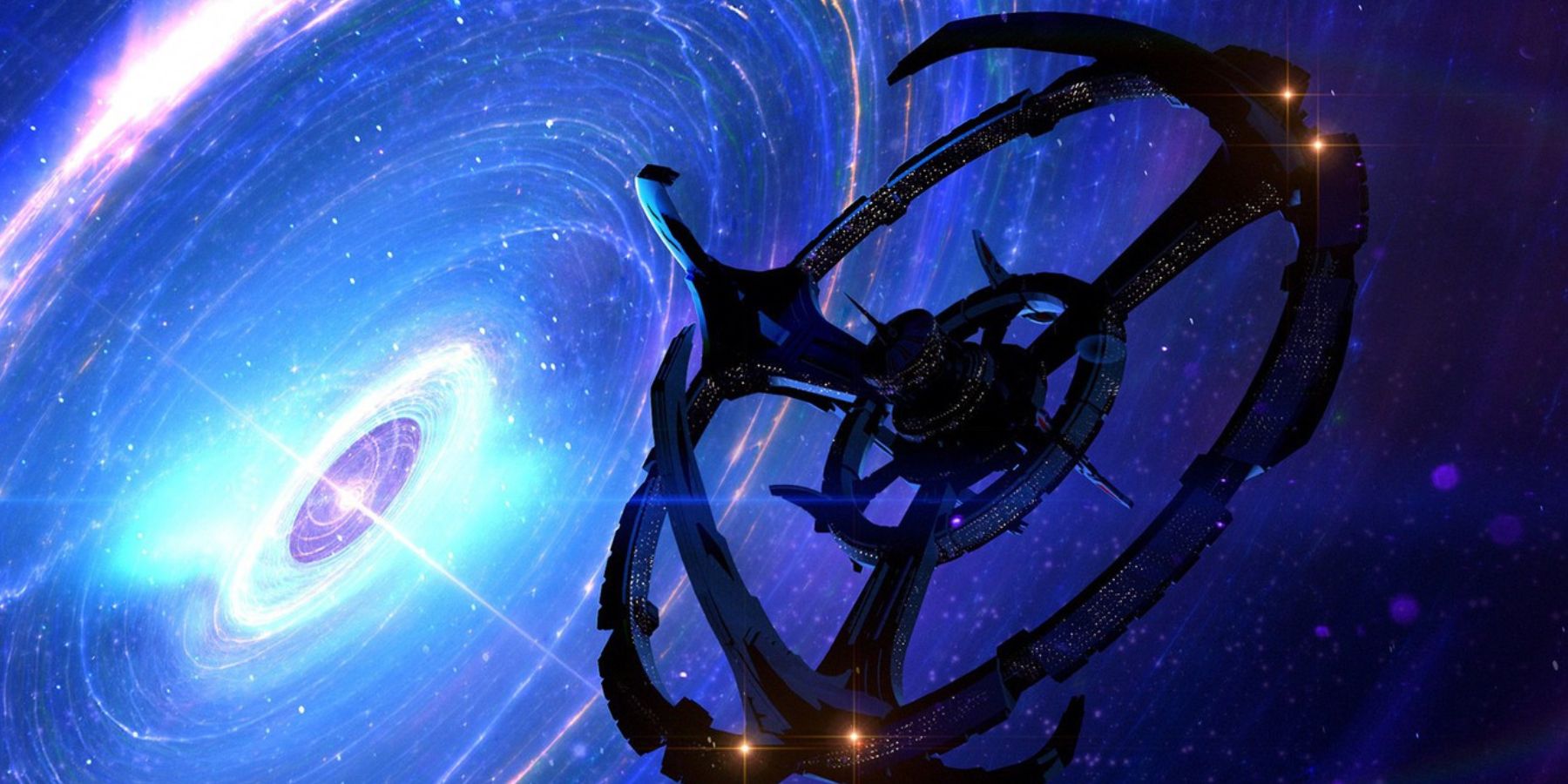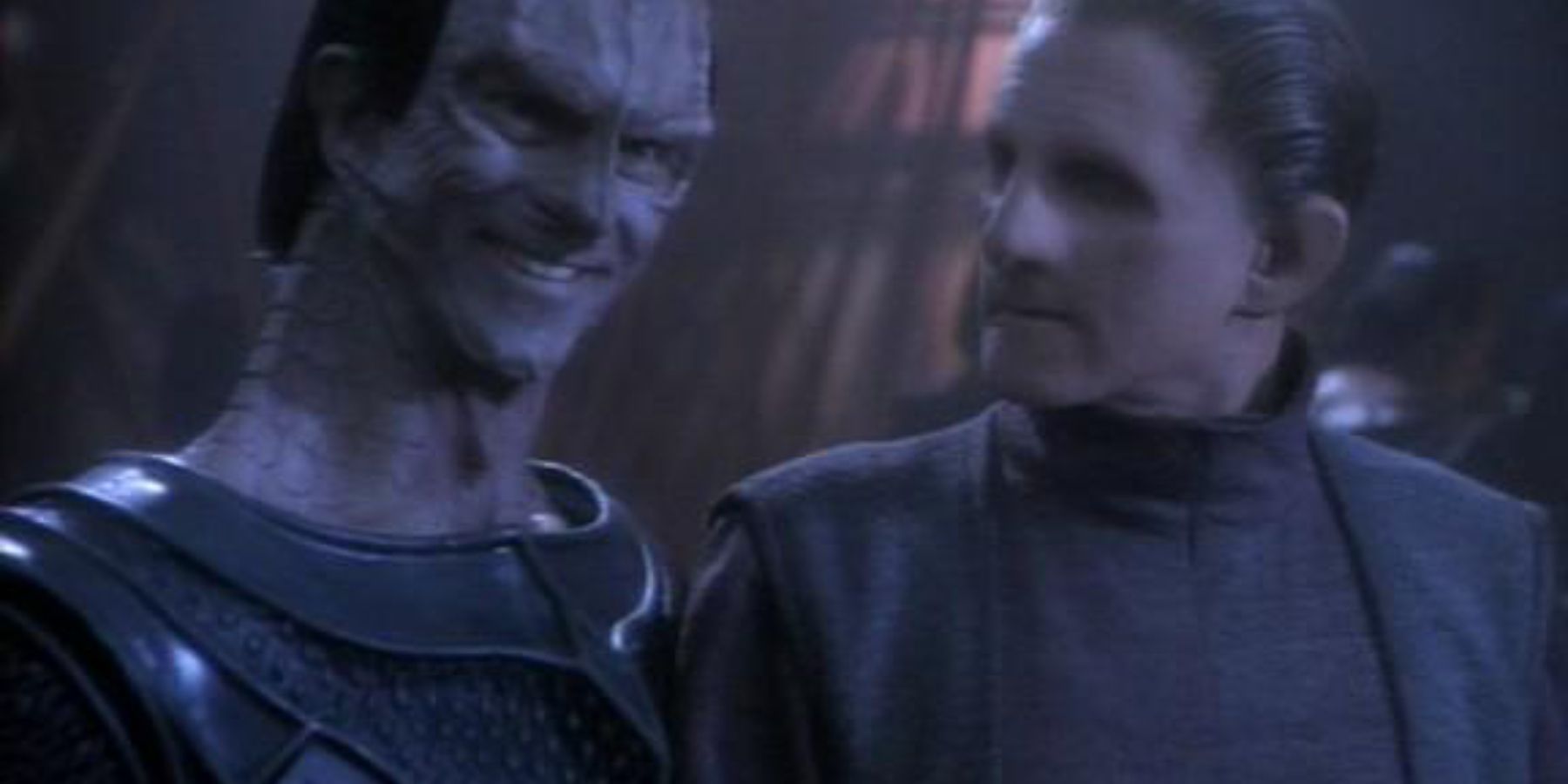In the infinitely expanding universe of Star Trek, there exists a plethora of world-building flavor. These enriching details range from some of the best and hugely diverse array of humanoid alien races, to consistently brilliant examples of science fiction technology in use. The franchise never shies away from exploring the nuances of the universe, boldly going where no one has gone before.
The writers and producers of various Star Trek shows do a lot of big, obvious things to give them an otherworldly, futuristic feeling. However, they also include a lot of subtle details. One of these less obvious worldbuilding aspects is the 26-day — but what are the origins of this as a standard unit in Starfleet?
A day cycle on Earth is, of course, 24 hours. And while Star Trek has done away with the traditional dating system, the Federation now keeping track of the day via Star-dates, Earth of the future still abides by the usual 24-hour cycle. This is due to the very nature of the planet. Its rotational period (the time in which Earth takes to rotate around its axis, turning day to night and vice versa) is 24 hours. While a lot has changed over the years, Earth still rotates in the same way, and takes the same amount of time.
Things get more complicated in space, however. Each planet has its own specific rotational period, so depending on its side and rotational speed, a day could last any number of hours. This is made even more complicated when considering planets with more than one sun. Because of this, when traveling in space, the Federation and their quasi-military use Star-dates to keep track of times and days across various planets. Aboard Starfleet ships, they still stick to the notion of a 24-hour ‘day,’ though it’s all fairly meaningless as the ship is manned constantly on various 8-hour shifts.
The 26-hour day, however, is somewhat infamous within the franchise. Many casual viewers believe that the entire Federation (Earth included) had shifted over to this new pattern, adding 2 extra hours. The reason it’s become so well known is due to the show it originated from: Deep Space 9. This much darker iteration into the franchise was different in many ways. Narratively, it explored the gritty side of the Federation, and the characters were no longer the saints in paradise audiences are used to. But it was also contextually different.
While all the other shows focused on the intrepid adventures of a ship going from planet to planet on diplomatic missions or simply just trying to get home, DS9 instead revolved around the notion of a space station from which all the action happens. The adventure would often come to them, in a prime tactical location. They were tasked with keeping the peace between two very angry cultures, all while holding back the tide from all the mysteries of the newly accessible Gamma Quadrant. All together, this made for a very different but refreshing viewing experience.
The station operated consistently on a 26-hour day, rather than jumping around to different planets' day/night cycle like the other shows did. This makes sense in context as the station operated above the planet Bajor, whose rotational period was 26 hours. While Bajor most likely had their own way of keeping time, the show was still told through the lens of Starfleet, so the human-originated system of hours was put in place on the station.
They could have kept to Earth hours, but as the station orbited a planet with a longer day/night cycle, things would have very quickly gotten confusing. Keeping Earth hours would have put the station out of sync with the planet below, where the station did much of its business. The station as well was actually operated by the Bajor government, with the huge assistance of Starfleet and the Federation. It just makes more sense to use Bajoran timekeeping to run a tight and orderly station (thanks to the officer of peace Odo). Situationally, it works perfectly, although there is still the issue of being totally out of time with commanders across the galaxy on Earth. An officer on Deep Space 9 could call a commanding officer at midday only to find them fast asleep at Earth's 3am. But then again, this is not an issue specific with the show, as by the very nature of space travel and varying time zones, this happens throughout the franchise.
The only reason a 26-hour day has become so synonymous with Star Trek is because the show in which it originates discusses that cycle more than once, as its location stays the same throughout the show. There are simple mentions of different length days in the other shows, each depending on whatever planet the show's crew are situated on or above. But as these are typically mentioned only once, it’s easier to forget them than something that is repeated multiple times, like DS9’s 26-hour day cycle.


